Do you know everything about aluminum oxide ceramics?
When I talk to engineers and buyers in different industries, I hear about common problems. They need materials that can survive in harsh places. They need parts that won't fail under heat or electricity. This is where technical ceramics come in. Among these materials, alumina ceramic is one of the most widely used. It solves many tough engineering challenges. In this article, I want to tell you the key things about alumina ceramic1s and why they are so important in modern technology.
Who needs strong electrical insulation in harsh conditions?
You need to stop electricity from flowing where it should not, often when things are hot or wet.
This is a problem because standard insulators like plastics or glass can fail. When temperature goes up, their ability to insulate goes down fast. If moisture is around, many materials absorb it, and their insulation property drops to almost zero. When insulation fails, you get short circuits. This damages expensive equipment. It can cause fires. It is also a serious safety risk for people working nearby. I saw a machine where a plastic insulator broke down because of heat, causing a major electrical fault that stopped the whole production line for a day.
Alumina ceramic has excellent electrical insulation properties. It is a dielectric material, meaning it does not conduct electricity well. Its dielectric strength stays high even at elevated temperatures and in humid conditions. This reliably prevents electrical current from passing through it, keeping systems safe and operational.
Equipment fails at high temperatures?
Many industrial processes create a lot of heat. The parts inside must work in this heat.
This is a problem because most common materials cannot handle very high temperatures. Metals soften and lose strength, they can creep or deform under load. Polymers melt or burn. Even some other ceramics might not be stable at extreme heat. When parts fail because of heat, machines break down. This means you stop production. Replacing heat-damaged parts is expensive and takes time. It limits how hot you can run your process, which might reduce efficiency.
Alumina ceramic has a very high melting point, over 2000°C depending on purity. It keeps its mechanical strength and stiffness at temperatures where most other materials would fail completely. This makes it ideal for structural parts, insulators, or furnace components that must operate in extreme heat environments.
Do metallized ceramic parts wear out too fast?
In machines that move or handle abrasive materials, parts rub against each other or get hit by hard particles.
This is a problem because friction, abrasion, and erosion wear away material over time. Parts lose their shape and their ability to function precisely. This leads to poor performance. Worn parts need constant replacement. This means high maintenance costs. It also means stopping the machine often to change parts, which reduces the total amount of product you can make. Think about pump seals handling abrasive slurries; metal ones wear out in weeks.
Alumina is an extremely hard material, second only to a few others like diamond. Its high hardness gives it outstanding resistance to wear, abrasion, and erosion. Using alumina for parts that experience friction or contact with abrasive media makes them last much, much longer than parts made from softer materials.
Do metallized ceramics corrode in harsh chemicals?
Some industries use or produce strong chemicals. Equipment parts are exposed to these substances.
This is a problem because many materials react with acids, bases, or solvents. Metals corrode, rusting or dissolving away. Some polymers swell or degrade. When materials corrode, they lose their strength and can leak or break. This causes equipment failure. It can create dangerous leaks of hazardous materials. Replacing corroded parts is a major expense, especially in chemical processing plants or wastewater treatment facilities.
Alumina ceramic is highly chemically inert. This means it does not react with most acids, alkalis, solvents, or process gases. It resists corrosion and degradation in harsh chemical environments, maintaining its structural integrity and properties over long periods.
Does the component deform under load?
Some parts need to hold a precise shape or bear weight without bending or deforming, even under pressure.
This is a problem because many materials, especially plastics or softer metals, can deform or creep when a constant load is applied over time, particularly at higher temperatures. If a component deforms, it can cause misalignment in a machine. Precision parts might lose their accuracy. In structural applications, deformation can lead to collapse. This limits the design possibilities and the loads you can apply.
Alumina ceramic has very high compressive strength and stiffness. It resists deformation under load, even at high temperatures. This makes it suitable for structural components, fixtures, or precision parts that must maintain their exact shape under significant mechanical stress or pressure.
How Alumina Addresses These Problems
You can see how alumina ceramic provides answers to these tough problems. Its unique combination of properties – excellent electrical insulation, very high temperature resistance, extreme hardness and wear resistance, chemical inertness2, and high mechanical strength – makes it a go-to material for challenging applications. It does not suffer the same limitations as metals or polymers when heat, electricity, abrasion, chemicals, or load are major factors. This allows engineers to design more robust, reliable, and longer-lasting equipment.
| Property | Key Characteristic | Solves Problem For... | Benefit |
|---|---|---|---|
| Electrical Insulation | High Dielectric Strength | High Voltage/Temperature Electronics | Prevents shorts, improves safety/reliability |
| Thermal Resistance | High Melting Point | High-Temperature Furnace/Engine Components | Prevents failure in extreme heat |
| Hardness/Wear Res. | Extremely Hard | Parts in Contact with Abrasives/High Friction | Extends lifespan, reduces maintenance |
| Chemical Inertness | Resists Most Chemicals | Components in Corrosive Environments | Prevents degradation, ensures long-term function |
| Mechanical Strength | High Compressive Strength/Stiffness | Structural Parts Under Load, Precision Components | Prevents deformation, maintains accuracy |
This table gives a quick summary of the main points. It shows how the material's features directly solve common issues seen in industry.
How to Reliably Join Alumina to Other Materials
I often talk about how great alumina ceramic is. It can handle heat, block electricity, resist wear, and fight off chemicals. These are all fantastic things. But there is one big question that always comes up: How do you connect it to anything else? Alumina is hard and does not easily stick to things, especially metals. Joining ceramics to other materials, particularly metals, is a core challenge in using them. This article explains the problems you face when joining alumina and the reliable ways we do it.
Do aluminum oxide materials have different coefficients of expansion when heated?
Imagine you have a piece of alumina and a piece of steel. You heat them up.
This is a problem because most materials change size when temperature changes. They expand when they get hot and shrink when they get cold. But different materials expand by different amounts. This is called thermal expansion mismatch. When you join two materials that expand differently and then heat or cool the assembly, the joint experiences stress. One material wants to grow or shrink more than the other. If this stress is too high, especially after many temperature cycles (heating and cooling repeatedly), the joint can crack. This breaks the connection.
Reliable joining methods must manage this stress. Techniques like using a compliant interlayer (a material that can bend a little) or carefully selecting joining materials (like braze alloys) that can absorb some of the expansion difference help a lot. Careful joint design also reduces stress points.
Is aluminum oxide easy to bond to?
You want to stick alumina to another material, but its surface does not like to form chemical bonds easily.
This is a problem because most direct joining methods rely on the two materials bonding together at their surfaces. Welding fuses materials, but you can't weld alumina like metal. Soldering requires the solder to wet and stick to both surfaces, which is hard on plain alumina. Adhesives can provide a bond, but they often have lower strength, cannot handle high temperatures, or degrade in harsh environments. If the surfaces do not bond well, the joint will be weak and can fail under even small forces.
To make alumina joinable, we often change its surface. Metallization is a key process here. We apply a thin layer of metal (or layers) to the specific areas on the alumina where we want to join. This metal layer provides a surface that can be wetted by solders or braze alloys, allowing us to form a strong, reliable bond using metallic joining techniques.
What are the extreme conditions that the joints must also cope with?
The joint is part of the assembly. It needs to survive the same high temperatures3, high voltages, or harsh chemicals as the alumina component.
This is a problem because the material used for joining might be the weakest link. A standard solder melts at low temperatures, so a joint made with it cannot be used in a hot environment. Some joining materials might conduct electricity, creating a path where you need insulation. Others might corrode in chemicals. If the joint fails under the operating conditions, the value of using the high-performance alumina is lost. I remember a high-temperature sensor assembly where the epoxy holding the ceramic insulator failed, causing the sensor wires to short circuit in the heat.
Reliable joining methods for alumina use materials suitable for the application environment. Brazing uses braze alloys with high melting points, often higher than solders, making the joint stable at high temperatures. For high-voltage applications, the metallization4 design and braze alloy choice are carefully controlled to maintain electrical insulation properties across the joint area.
Metallization: Making Alumina Joinable
Alumina's surface does not easily bond with typical joining materials. The first step is often to add a layer that will bond. This is metallization. We apply a thin layer of metal to the specific areas on the alumina where the joint will be made. There are different ways to do this, like the Moly-Manganese (Mo-Mn) process or active brazing5 paste methods. The Mo-Mn process involves firing a mixture of Molybdenum and Manganese powder onto the ceramic surface at high temperature, creating a porous layer, then often plating it with Nickel. This creates a metallic surface that can be wetted by braze alloys.
Metallization creates a surface on the alumina that is compatible with metallic joining methods like brazing. It acts as a transition layer, allowing the ceramic to be reliably bonded to metals or other metallized ceramics. This overcomes alumina's natural resistance to forming strong, direct bonds with metals.
Brazing: Creating Strong, Hermetic Joints
Once the alumina has a metallized surface, we can braze it to a metal part. Brazing is a process where a filler metal (braze alloy) is heated to melting temperature (which is below the melting point of both the ceramic and the metal parts being joined). The molten braze alloy flows by capillary action into the gap between the two parts. It reacts slightly with the metallization and the metal part. When it cools and solidifies, it forms a strong, metallic bond that holds the parts together and creates a hermetic seal. This is often done in a vacuum furnace or controlled atmosphere to prevent oxidation.
Brazing is a high-temperature joining process that, when used with metallized alumina, creates a very strong, reliable, and hermetic bond between ceramic and metal. The solidified braze alloy forms a robust connection that can withstand mechanical stress, thermal cycling, and maintain a perfect seal against gases and liquids.

Other Joining Methods
While metallization and brazing are widely used for high-reliability ceramic-to-metal joints, other methods exist for different needs.
- Adhesive Bonding: Using special epoxies or other adhesives. Good for lower temperatures and when hermeticity is not critical. Often less strong and durable than brazed joints.
- Mechanical Fastening: Holding ceramic and metal parts together with bolts, clamps, or springs, often using gaskets or O-rings for sealing. Useful when disassembly is needed or for large structures, but sealing can be an issue and stresses need careful design.
- Diffusion Bonding: Solid-state joining at high temperature and pressure. Can create strong bonds but is often complex and expensive.
| Joining Method | Typical Application | Strength | Hermetic? | High Temp Capable? | Complexity |
|---|---|---|---|---|---|
| Metallization + Brazing | High Reliability, Hermetic Seals, High Temp/Voltage | Very High | Yes | High | High |
| Adhesive Bonding | Low Temp, Non-Critical Seal | Moderate | No | Low | Low |
| Mechanical Fastening | Large Parts, Disassembly | Varies by Design | Limited | Moderate | Moderate |
| Diffusion Bonding | Specific High-End Needs | Very High | Yes | Very High | Very High |
This table gives a simple comparison of methods you might see.
Conclusion
Understanding alumina ceramics is important for anyone dealing with demanding material requirements. They offer a powerful solution to common problems engineers face: electrical breakdown under stress, failure at high temperatures, rapid wear, chemical corrosion, and deformation under load. By leveraging the unique properties of alumina – its insulation strength, thermal stability, hardness, chemical resistance, and mechanical strength – manufacturers can build more reliable, efficient, and durable equipment. It is not just a material; it is a key enabler for performance in harsh and critical applications across many industries.
-
Explore the advantages of alumina ceramic, including its high melting point and electrical insulation properties, crucial for modern engineering. ↩
-
Discover why chemical inertness is vital for materials used in harsh environments, preventing corrosion and ensuring longevity. ↩
-
Explore this link to understand how high temperatures impact joint materials and the importance of selecting the right materials for durability. ↩
-
Learn about the metallization process and its significance in enhancing the bond between alumina and metals, crucial for high-performance applications. ↩
-
Discover the brazing process and its advantages in creating robust, hermetic joints, essential for high-reliability applications. ↩
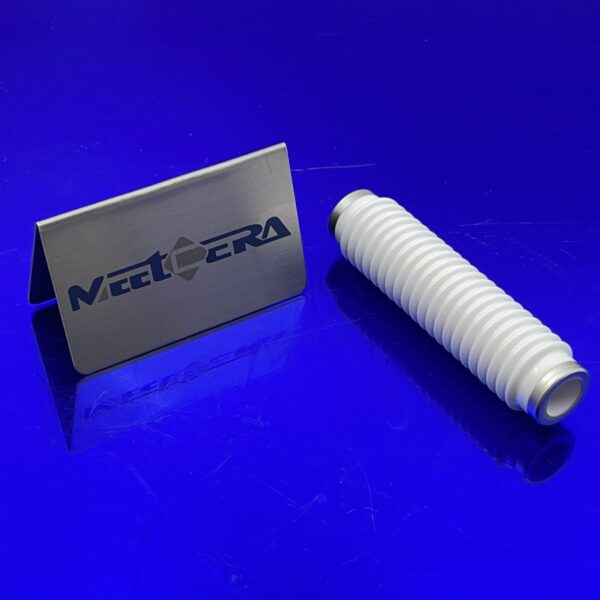
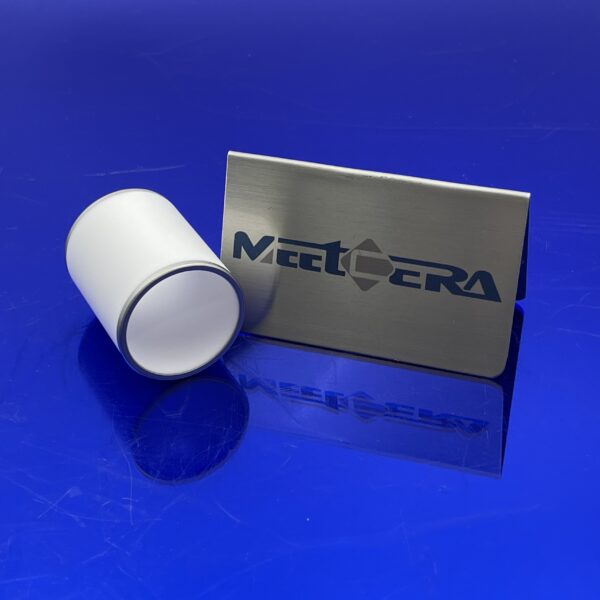
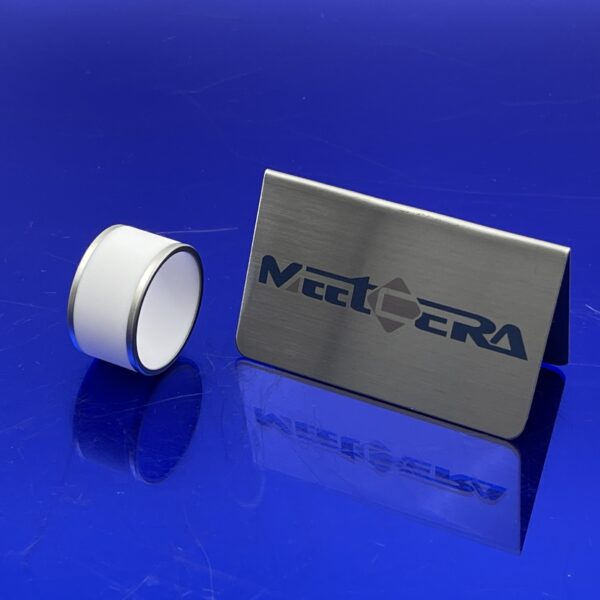



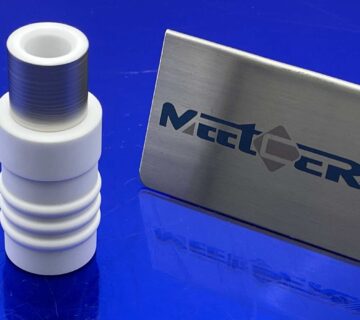
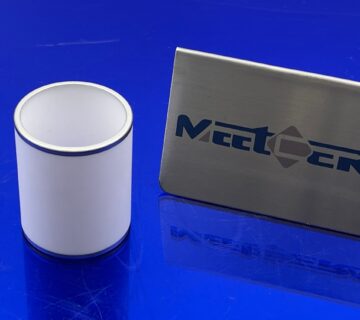


Very good https://is.gd/tpjNyL